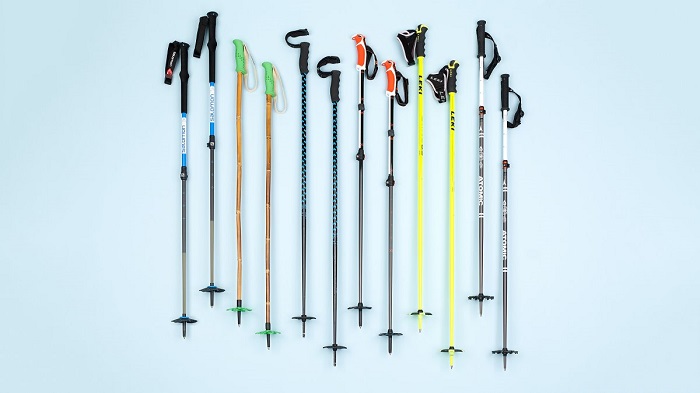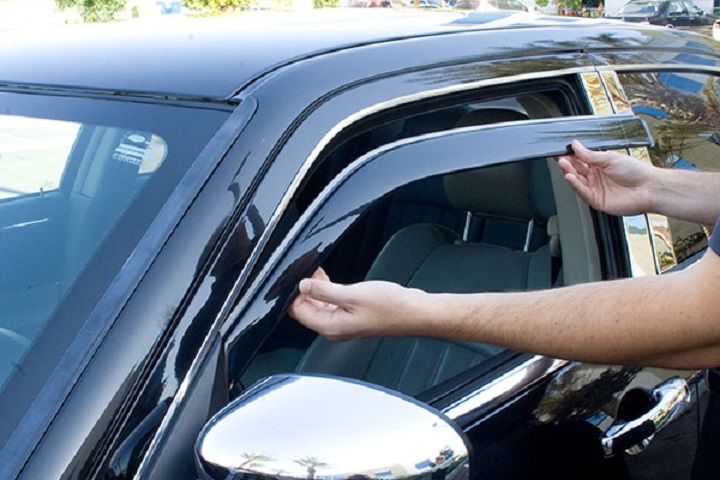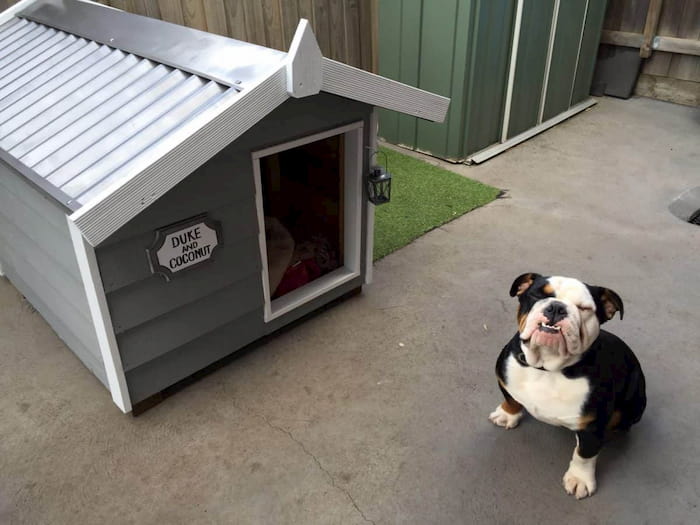The Complete Hammer Drill Buying Guide
Are you a DIY-er who wants a more efficient means of tackling your occasional projects? Or maybe you’re a professional handyman who wants to streamline his everyday operations and deliver quality work. In both cases, investing in a hammer drill can be a game-changer.
This versatile tool brings more than just the ability to drill holes in various materials. Its hammering function allows it to break through dense and hard surfaces, making it an essential addition to your toolkit. But even with all its benefits, choosing the right hammer drill can prove difficult for inexperienced buyers.
How Do Hammer Drills Work?
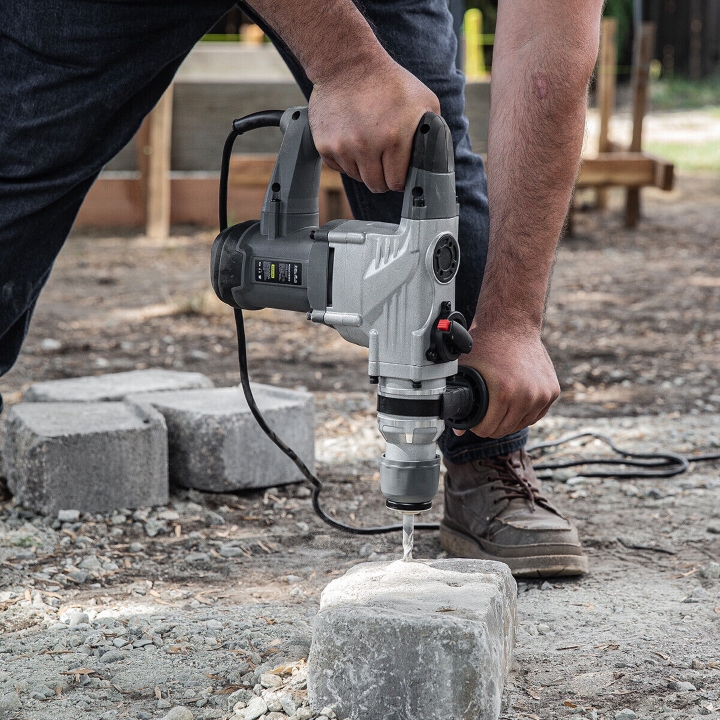
In short, durable and well-designed hammer drills use both hammering and drilling actions to increase the speed at which debris is broken down. They’re suitable for projects that require more precise cuts, greater power and enhanced control.
Thanks to their benefits, hammer drills are very popular among homeowners, construction workers and DIY-ers alike. They’re also used in a wide range of applications including installing screws and bolts, drilling into light concrete or wood, and chiselling.
How to Choose a Hammer Drill?
When buying a hammer drill, there are several things one should consider, as many factors will be relevant to different needs and preferences. The following detailed hammer drill buying guide summarises the most important features that one should look out for, including:
Types of Hammer Drills
There are three major kinds of hammer drills: corded, cordless, and rotary models. The corded ones run on electricity and are usually stronger since they draw their power from the main source. They are lighter compared to their cordless mates because they have no bulky batteries attached to them.
The cordless types draw their power from a battery. They are portable and convenient but can’t in general provide the power that their corded siblings can offer.
Rotary hammer drills are serious, heavy-duty workhorses meant for most demanding or serious tasks such as concrete drilling or stone. Thus they come with a bigger size and heavier weight compared to other types of hammer drills.
Power Source
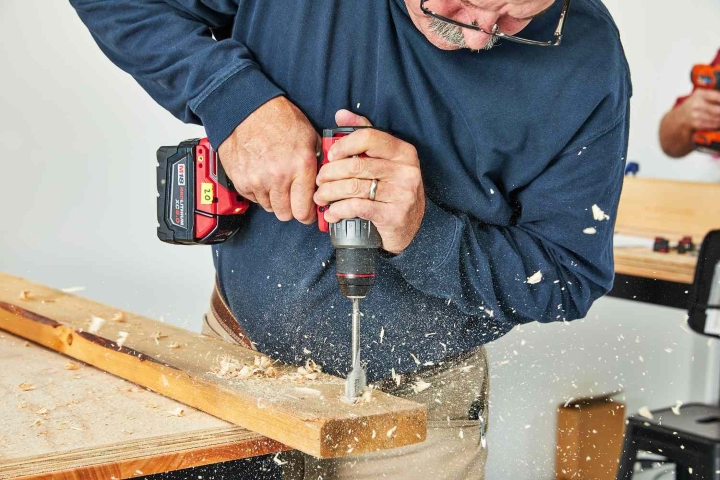
Because it had been established, the energy for corded hammer drills comes from electricity, while their cordless counterpart gets theirs from rechargeable batteries. Thus, weighing between these two would necessitate looking at what your needs are concerning power, portability, and affordability.
Moreover, some of the cordless hammer drills have interchangeable battery packs that may come in quite handy should you be going to work for rather a long time without being close to a power outlet.
For instance, if you’re a professional contractor who needs to work on large-scale projects, a corded hammer drill may be the best option as it can provide constant power without the need for recharging. On the other hand, if you’re a DIY enthusiast or only use your hammer drill for occasional home repair jobs, a cordless model may suffice.
Size and Weight
Other important features to consider include size and weight, as both may affect your hammer drill’s maneuverability. If you are going to use your hammer drill for extended periods, then a light model would be advisable to avoid straining your arms.
Also, the smaller and more compact designs are more useful for operating on narrow areas and overhead. This can be quite useful when taking part in renovation work that involves difficult-to-reach drilling zones.
However, larger and heavier rotary hammer drills can cope better with hard tasks since they are powerful and more stable, even though the manipulation is tough and can result in tiredness after a certain period of time.
Safety Features
Safety is always first in handling hammer drills. Designs offering special features, such as an ergonomic design with anti-vibration handles and an automatic shut-off switch, allow one to divert the impact of accidents and possible injuries.
Also, some of the precautionary measures for use along with hammer drills are earmuffs, goggles, and gloves. The noise emission and vibration in these instruments are very high and may result in long-term damage to the ears and hands.
Price Range
They range from the lowest or budget-friendly to the most professional and highest-priced hammer drills. Choose one for your budget, and remember what you really need.
If you are a professional contractor or one who frequently uses the hammer drill, higher-priced models with advanced features will save money in the long term. If all you do are simple projects where the use of the hammer drill is now and then, a cheap model will suffice.
Maintenance
The bottom line is good maintenance that will keep your hammer drill in the best state. Cleanliness of chuck and gears along with greasing will save your drill from wear and tear. Again, replace damaged and worn parts as soon as possible.
This will involve letting your hammer drill sit in a dry and safe place to ward off moisture and dust. You can also go for professional servicing of the tool at least once yearly, especially if you’re an avid user.
Type of Work
You shall also look at the type of work for which you are going to use your hammer drill. If you’re doing some heavy-duty drilling in concrete, masonry, or any other solid material, you may need a more powerful and robust hammer drill – one that can offer you higher speeds and impact rates.
You will have a small hammer drill for lighter activities, like drilling into wood or metal, but if you are going to work both on heavy tasks and lighter ones, then it might be wiser to invest in one versatile hammer drill that can be used in a wide variety of works.
